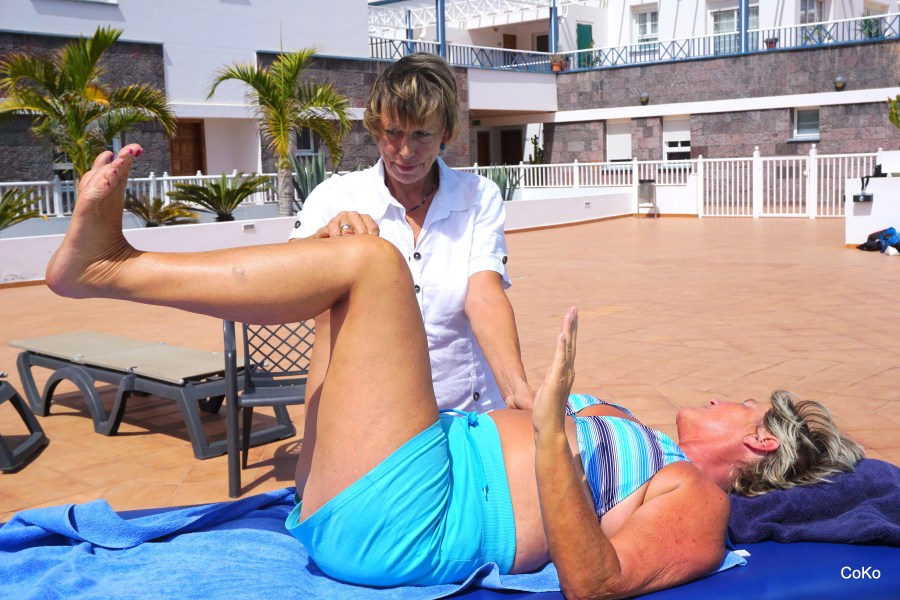Hypno Therapy
Hypnotherapy is a form of therapy that is based on hypnosis in order to achieve a set goal through targeted work with the subconscious. Of course, however, hypnotherapy requires a strong sense of responsibility and empathy on the part of the practitioner, as well as sound training.
For over 4000 years hypnosis has been used for healing purposes by activating the body’s own forces. Numerous problems and illnesses can be positively influenced by hypnosis, or they can be prevented.
• Fears and phobias (e.g. fear of flying, fear of heights, fear of exams)
• Language problems (stuttering, speech defects)
• Depression and mood disorders
• Addiction and habit problems (smoking, alcohol)
• Diet and weight problems (incl. obesity or anorexia)
• Stress problems and processing of traumatic experiences
• Problems with children (wetting, defecating, nail biting, ADD)
• Problems falling asleep and staying asleep, snoring or grinding teeth
• Behaviour problems (shyness, aggression)
• Pain (headache and backache)
• Sexual problems (impotence, frigidity)
• All kinds of allergies and much more
At the beginning of a hypnosis there is an anamnesis, a “stocktaking”, i.e. a conversation in which the therapy goals and the procedure are determined.
Basically everyone can be hypnotized, but not against their will, and many not at the first attempt.
Hypnosis presupposes trust in the practitioner, and if the subconscious does not generate this trust, every attempt at hypnosis is doomed to failure.
The assumption that one is “like anesthetized” during hypnosis is a mistake, as is the assumption that one is completely at the mercy of the therapist. These errors are deliberately created by show hypnosis in order to present them as something sensational. Hypnosis is a beautiful, relaxing state, and after a trance one often feels like after a good night’s sleep or a wellness treatment. Autogenic training was developed from hypnosis. The fear that you will not come back from a trance is completely unfounded. If there is no wake-up suggestion, hypnosis automatically turns into sleep.







